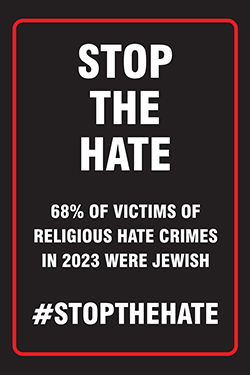BUFFALO GROVE – As the coldest part of the year continues, families are turning up their thermostats to stay warm. With additional furnace use comes greater possibility of home fires, leading Senator Adriane Johnson (D-Buffalo Grove) to remind people they need to regularly check their smoke detectors, furnaces and other home devices.

“Home fires are more common in winter than any other season, and heating equipment is one of the main causes,” Johnson said. “The best way to ensure your family stays safe this winter is to regularly check that your furnace, furnace filters and smoke detectors are working properly.”
Between 2012 and 2016 alone, the National Fire Protection Association said local departments responded to more than 52,000 fires involving home heating equipment – most of which happened in December, January and February. Checking home heating devices and smoke detectors is the first step toward ensuring a home is protected.
Homeowners should also keep in mind the harmful effects of carbon monoxide – a colorless and odorless gas only detectable by certain devices and alarms. If that equipment is not checked monthly, carbon monoxide can sneak up on a household – leading to serious illness or death. Symptoms of carbon monoxide poisoning are similar to the flu and include headache, fatigue, shortness of breath, nausea and dizziness.
“If you don’t check your carbon monoxide devices regularly, you could be putting your family at risk,” Johnson said. “Carbon monoxide can kill you before you’re even aware it’s in your home if you don’t regularly test your alarms.”
The Illinois Office of the State Fire Marshal recommends homeowners keep these tips in mind when it comes to winter heating safety:
- Have heating equipment and chimneys cleaned and inspected every year by a qualified professional.
- Change furnace filters frequently.
- Keep interior and exterior air vents clear of blockages or obstructions.
- Keep anything that can burn at least three feet away from heating equipment, like a furnace, fireplace, wood stove or portable space heater.
- Test smoke and carbon monoxide alarms at least once a month and be familiar with the sounds they make.
- Install carbon monoxide and smoke detectors on each floor of your home and within 15 feet of each sleeping area.
- Check the manufacturer’s instructions for information on replacement of carbon monoxide and smoke detectors.
For more tips and information on winter heating safety, visit the Illinois Office of the State Fire Marshal website.







